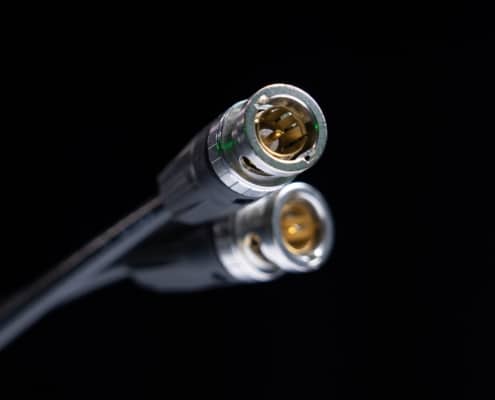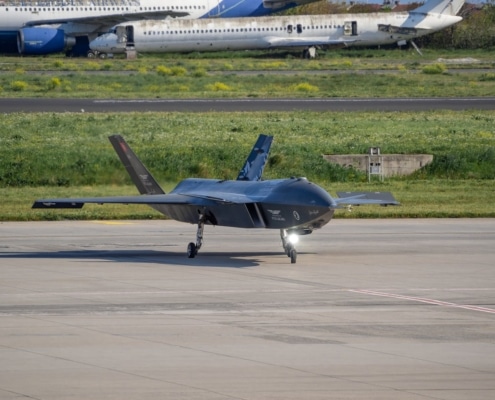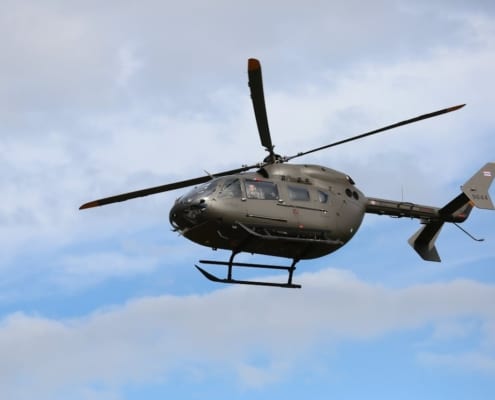
Understanding HDMI vs. SDI: Choosing the Right Video Output for Your Needs
In the realm of video production, nearly every camera…

Solid-State vs. Hard Drive Video Recorders for Military Applications
In demanding military and aerospace environments, recording…

HD-SDI vs. 3G-SDI: What’s the Difference?
In professional and military-grade video systems, HD-SDI (High-Definition…
